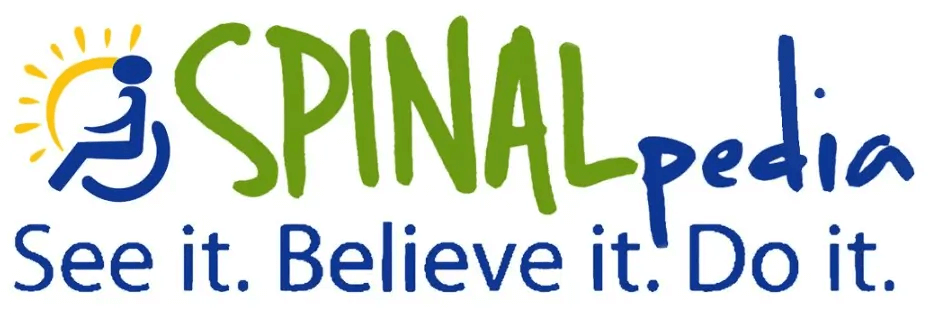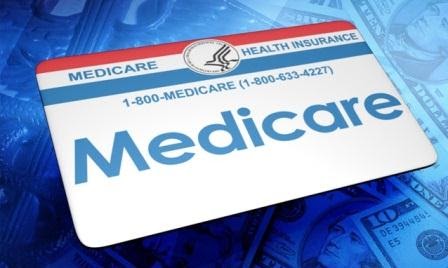The official (US Government) definition of Medicare is as follows: the federal health insurance program for people who are 65 or older, certain younger people with disabilities, and people with End-Stage Renal Disease (permanent kidney failure requiring dialysis or a transplant, sometimes called ESRD).
Since you are now recognized as disabled by the government – because you signed up for Social Security disability – you qualify for the federal health insurance program called Medicare. Medicare works in tandem with state run Medicaid; Medicare is typically the first umbrella under which you will be covered.
So, Medicare will be the first organization to pay for a visit to your family doctor for a stomach ache, an x-ray of your ankle in the ER, or a prescription for muscle spasticity. Medicare covers a large chunk of your medical costs, but everything you do must be recognized by Medicare as a service that is covered – especially medications. Find out what is covered by Medicare here.
Medicare is separated into four components. Each component covers a separate area of the healthcare industry. It is possible to pick and choose components individually but it is common to have a preset combination. The Medicare website is actually pretty helpful in choosing what is best for you, it is the best tool to identify what you specifically need. Go here to find out.
Here is a breakdown of the four components of Medicare:
Part A (official info): helps pay for hospital and facility costs. This includes services like a shared hospital room, meals, and nurse care. Part A can also help cover the costs of hospice, home health care, and skilled nursing facilities.
Part B (official info): helps pay for medical costs. This is care that happens outside of a hospital. Part B includes services like doctor visits and outpatient procedures. It also covers some preventive care, such as flu shots.
Parts A and B together are called Original Medicare. These two parts are run by the federal government.
Part C (official info): these are Medicare plans. They are run by private companies and combine both Part A and Part B. There are multiple plans available, each with their own benefits. Part C is basically a private health plan that Medicare recognizes. These are called Medicare Advantage plans. They usually cover more of the costs you’d have to pay for out of pocket with Medicare Parts A and B. Part C plans put a limit on what you pay out of pocket in a given year, too. Some of these plans cover preventive dental, vision, and hearing costs. Original Medicare does not.
Part D (official info): helps pay for prescription drugs. They cover commonly used brand-name and generic drugs. Some plans cover more drugs than others.
The cost for each component varies dramatically. For a quick idea on what you could pay, click here.
Those are the four pieces of Medicare. As a person with a disability, you will use some combination of those four: most likely a Medicare advantage plan and Part D prescription drug coverage. This will be a main support for your future healthcare needs.
Next step: go to the Medicare website to decide what you need.
Video: The Story of Medicare – a Timeline
Takeaway Points:
- Medicare is reserved for those over 65 or those who are disabled
- Medicare typically covers primary costs before Medicaid
- Medicare Part A pays for hospital and rehab costs
- Medicare Part B pays for medical costs
Helpful Links:
- What’s Medicare? – Medicare.gov – https://www.medicare.gov/sign-up-change-plans/decide-how-to-get-medicare/whats-medicare/what-is-medicare.html
- Insurance and Medicare – Reeve Foundation – http://www.christopherreeve.org/site/c.mtKZKgMWKwG/b.4467345/k.46AF/Insurance_and_Medicare.htm
- Medicare Coverage – United Spinal Resource Center – http://www.spinalcord.org/resource-center/askus/index.php?pg=kb.page&id=1078










